Do you ever feel guilty throwing away your food scraps and yard waste? Well, it’s time to put those feelings to rest and turn your trash into treasure with composting techniques. Composting is the process of breaking down organic matter into nutrient-rich soil that can be used to reduce organic waste and nourish plants and gardens.
Households, farms, restaurants, schools, offices, and places of business produce compostable materials. For example, food scraps, grass clippings, leaves, animal manure, and coffee grounds are all compostable. Composting is useful for making inexpensive organic fertilizers for lawns, gardens, and farms to accelerate plant growth.
But did you know that there are different types of composting methods to choose from? With so many different composting methods out there, each with its pros and cons, it can be tough to decide which composting process is right for you. Fear not, dear reader! We’re here to break down the different types of composting methods and explain them in detail.
Here is a run-down of each method of composting.
A Funky Way to Turn Organic Waste into Treasure: Aerobic Composting
Composting isn’t just for hippies and earth lovers anymore – it’s the latest rage in gardening! And aerobic composting is the trendiest way to turn kitchen scraps and yard waste into black gold. Aerobic composting is a form of composting where the air is introduced to break down organic matter faster than you can say “compost.”
But, like a fussy celebrity, it needs careful monitoring and must be turned every few days to keep things fresh. That’s where tumble” style of composters and compost tumblers come in – they’re like a personal assistant for your compost pile that can save a lot of time and effort! Just toss in your organic scraps, then turn the handle or spin the composter to keep it aerated and boost the aerobic decomposition.
But don’t forget to invite green materials and solid waste to the brown materials party – the more nitrogen-rich composting material, like grass clippings, next to the wood chips and dry leaves, the better. As the bacteria get busy breaking down the high nitrogen ratio scraps and compostable materials through their microbial activity, the temperature will heat up, which speeds up this hot composting process.
And don’t be shy about giving it a drink – keeping moisture levels from a hose or watering can is essential, as the odors from aerobic conditions will be bad if you don’t keep it moist and forget to turn it frequently. And nobody likes a stinky party. So, moisture content regularly and give it plenty of air space. Under the ideal conditions, you’ll have finished compost in a matter of a month or two, and your now-thriving garden will be the talk of the town.
Different Types of Aerobic Compost Methods
There are a few different methods of aerobic composting to choose from, and each one has its own unique charm.
- In-vessel composting: Vessel composting is a method of production of compost in a sealed container that can help speed the composting process and the decomposition of organic matter by processing large amounts of waste without taking up much space. Plus, it keeps any smells contained – a win for your nose and your neighbors.
- Aerated static pile composting: Static pile composting is like a big party to which everyone’s invited – just mix your organic materials together in a giant pile and let the good times roll.
- Aerated turned windrow composting: The windrow method involves creating long, tall piles of organic matter or biodegradable waste that are turned regularly.
- Trench Composting: This type of composting is like a secret underground club for your waste – preparing trench compost means making garden beds, burying your scraps in a trench, and letting the soil and natural decompositions process do the rest.
Lazy Gardener’s Dream: Anaerobic Composting
Anaerobic composting is the ultimate “set it and forget it” composting method. The opposite of aerobic composting, the anaerobic method of compost preparation takes almost no supplies and effort at all. No turning, no fussing for a year or more – simply toss your organic waste in a compost pile or composter and let nature and anaerobic decomposition take their course. But be warned – this method is not for the faint of heart (or nose) and has its downsides.
In an anaerobic environment (without oxygen), some pretty gnarly bacteria move in and start throwing a party with the organic materials that would make your frat days look tame. It’s like a mosh pit of rotting organic matter – and the smell is enough to make your neighbors call the hazmat team. This is the same process that happens in landfills, and we all know those aren’t exactly eco-friendly. Methane, a greenhouse gas that’s bad news for the planet, is a byproduct of the anaerobic decomposition process.
So if you’re going to go rogue and let your organic waste compost pile go anaerobic, be sure to keep it in a remote corner of your yard, far from any social gatherings or unsuspecting noses.
The Best Way to Turn Your Garden Waste into Garden Gold: Vermicomposting
If you’re not a fan of the more traditional composting methods, why not try vermicomposting? Vermicomposting, a cold composting method, uses worms, oxygen, and moisture to break down organic material with few potential odors safely. Basically, worms do most of the heavy lifting, and bacteria also lend a helping hand.
These little compost champions are not just worming their way into our hearts, they’re also creating a powerful soil supplement that can only be described as “worm magic” – worm castings! And that’s not all – they also brew up a potent liquid fertilizer that’s been dubbed “worm tea.”
Red worms (also known as red wigglers) are the rockstars of this type of composting since they work faster than their earthworm cousins under the right environmental conditions and also produce richer and more nutrient-dense compost.
Vermicomposting is preferable to the other two methods of composting for several reasons:
- Very little bad odor during the decomposition process (it should smell “earthy”)
- Very little, if any, dangerous anaerobic bacteria and methane
- No need to “turn” frequently
- It can be done indoors or outdoors (although by opting for vermicomposting indoors, you can avoid weather condition issues related to a too-hot or cold climate)F
- Easy to harvest the fertilizer, especially with a tray-based composter
- Kids love taking care of the worms
- Takes only a few minutes a week to get usable compost
- Worms become part of the household and work for you
- If you like to go fishing, you get an endless supply of bait
What to Feed Your Worms?
Composting worms love to eat non-acidic vegetables and fruit and enjoy kitchen waste – grains like rice, oatmeal, pasta, and bread. Just make sure you don’t include oily foods, meat, or dairy products. You can use pet waste as worm food, too – animal byproducts such as aged manure from herbivores like cows, horses, and rabbits. A few clean, crushed eggshells provide grit and help balance your worm bin’s PH. Fallen leaves and grass clippings, in smaller quantities, are also great.
Starting vermicomposting involves selecting a type of composter and then ordering composting worms.
- Need help? At Uncle Jim’s Worm Farm website, you can find videos about making your own composter, as well as a wide selection of convenient composters you can order online. Some people want to compost outdoors when the weather is warm and indoors during cold weather; our Worm Factory 360 and Can-O-Worms composters are perfect for this.
- To get you started with vermicomposting, order a bag of our champion composting worms, the Red Composting Worm Mix. We carefully package and ship the worms, so they arrive alive. We also offer Super Reds, which are larger and better suited to be released into the garden.
The Final Verdict: Which Type of Composting Method Is the Best?
Ah, composting! The smelly, squishy, and oh-so-satisfying practice of turning food scraps into “black gold” for our gardens we’ve broken down in this blog post. So, which type of compost preparation, that is, method of composting wins the race?
Given a choice, steer away from anaerobic conditions unless you have no sense of smell. Aerobic composting with a tumbler or pitchfork works, but it’s for outdoors only it takes some elbow grease to maintain the perfect balance of organic matter, moisture content, and airflow.
Vermicomposting with worms is the best of both worlds: you can compost indoors or out, and the worms become your partners in reducing waste through natural decomposition! With the help of our trusty worm friends, we can turn kitchen scraps into finished compost without ever leaving the comfort of our own homes. Plus, it’s like having a tiny army of workers do the dirty work for us.
FAQ
What Is the Most Common Type of Composting?
The most common type of composting is onsite, cold composting. This is where you create a compost pile or use a compost bin in your own backyard or balcony and transform your food waste into a soil amendment for your garden beds. It’s like having a mini recycling plant in your own home, but with more potential odors.
What Are the 3 Main Compost Ingredients?
The 3 main compost ingredients are green waste, brown waste, and water. Green waste includes food scraps, and grass clippings, while brown matter includes dry leaves, straws, and twigs. And, of course, water is a must to keep your compost moisture levels right and aid water retention in the soil.
Which Type of Compost Is Best for All Plants?
Which compost is best for plants, you might ask? The best type of compost for all plants is a balanced compost, meaning it contains equal amounts of green matter and brown matter, with room for air circulation. This creates a nutrient-rich soil amendment that will aid plant growth and help your garden thrive.
What Is the Fastest Composting Method?
The fastest composting method is in-vessel composting with a sealed container. This method creates a controlled environment that can help speed up the natural decomposition of organic matter, resulting in finished compost products in as little as a few weeks.
Which Is the Best Composting Worm?
The best composting worm is the red wiggler worm. These little guys can consume their body weight in food waste daily and produce nutrient-rich worm castings that are perfect for your garden beds.
What Are the Best Worms for Indoor Composting?
The best worms for indoor composting are also red wigglers. They’re small, don’t require much space, and are pretty low maintenance. Just make sure to provide them with a balanced diet of green and brown matter, and they’ll happily turn your biodegradable items into worm castings.
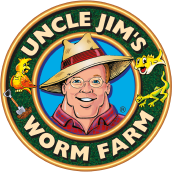

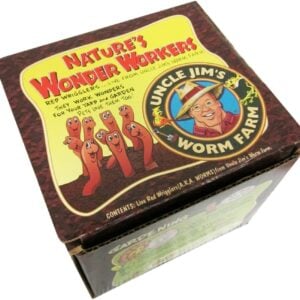
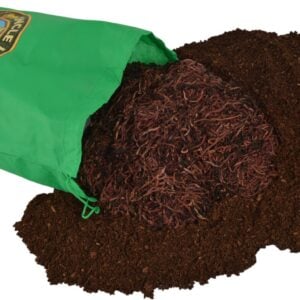
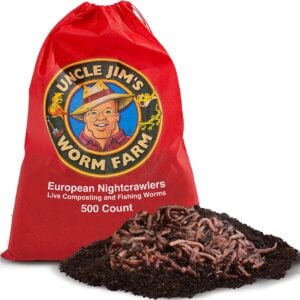
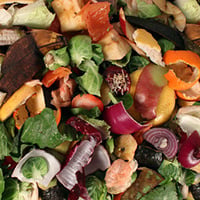

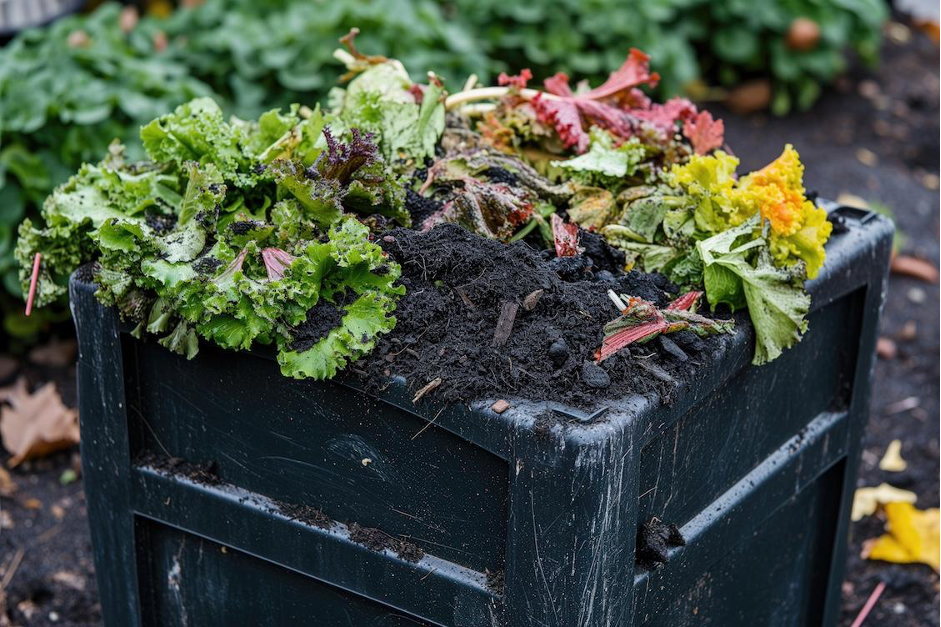
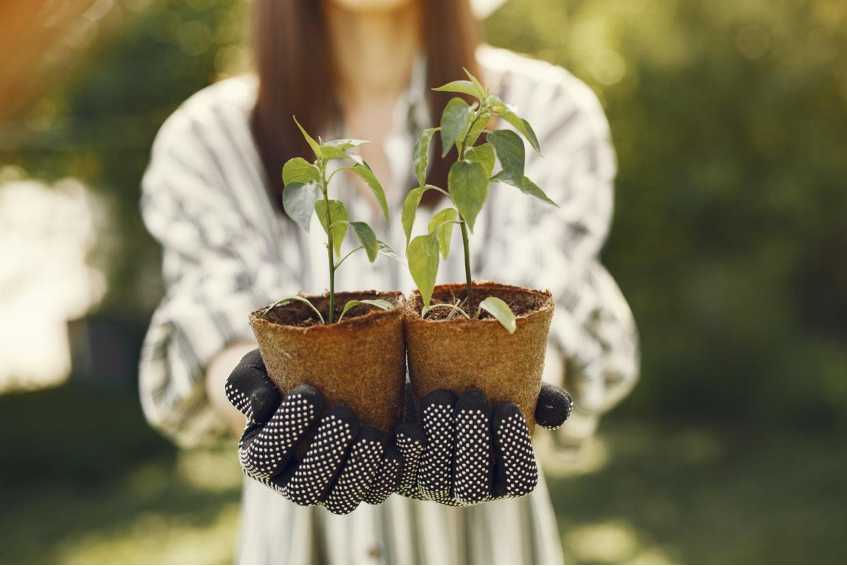
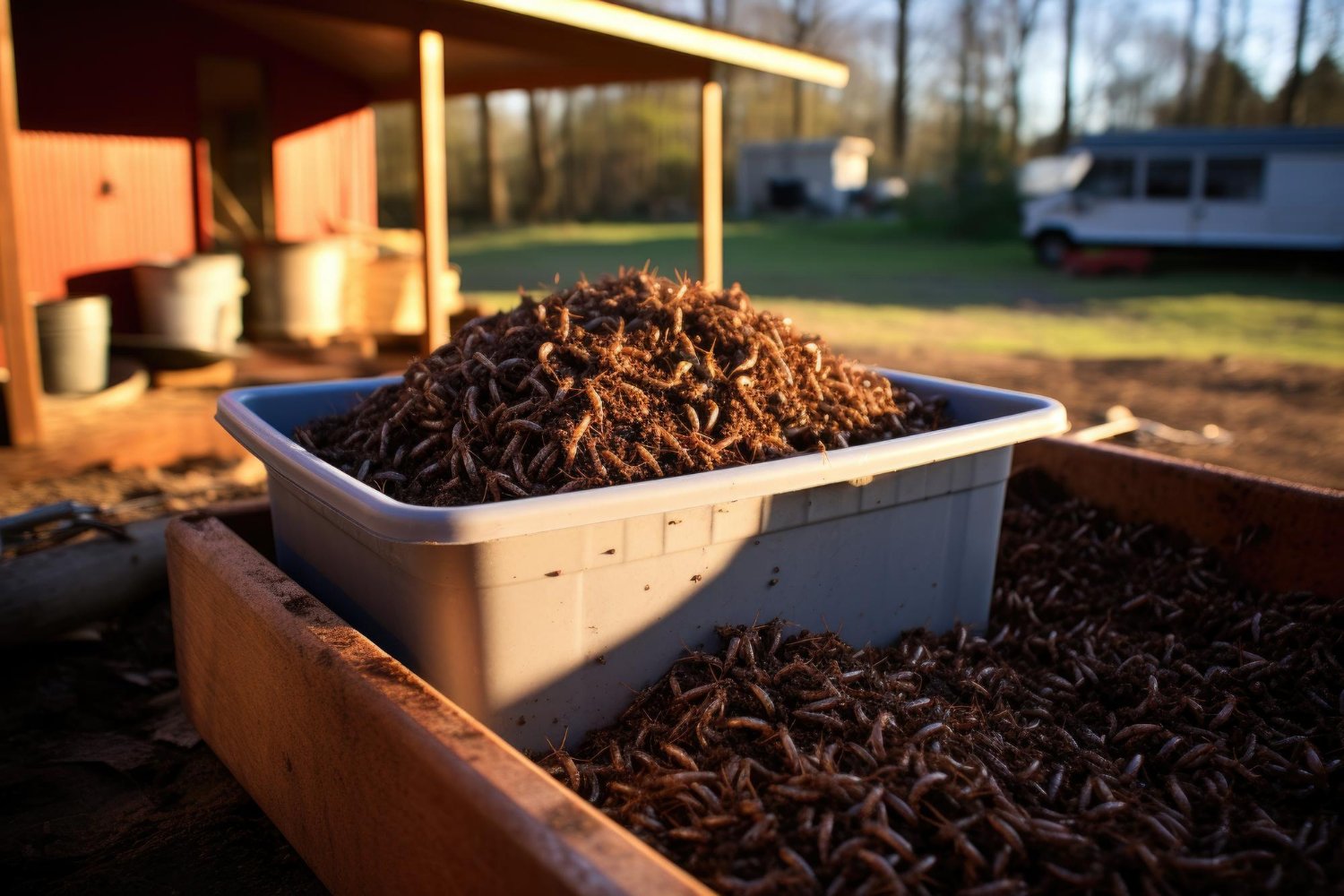
32 thoughts on “From Worms to Air and Beyond: Different Types of Composting Methods Explained”
Very nice article. I love to get helpful hints.
Thanks
What is the shelf life of a vermicompost after packaging in 25jg and 50kg bags?
What about doing an article on Bokashi composting. – Anaerobic but not stinky.
Should the rice, oatmeal, and pasta be cooked ? I’m using coffee and tea after they the beverage has been made, correct ?
Dry grains. Put them through a blender while dry & sprinkle into bedding. If you give them cooked wet grains, be sure they have no butter or oil on them.
This is really helpful for my sciencefair project.
I left a comment and needed a reply.
How do I find it?
Can I put loaf bread that you get from the store and uncooked rice and what kind of grains and can i get it from the store what can I use if I don’t have it
This Article was Cash Carti bruh
GREAT WEBSITE JIM AND THANK YOU AGAIN. GOOD DAY TO ALL UNCLE JIMS WORM FARM. PS: Could You By Chance Send Me Some Information On Trench Composting If You Could Please And Please Include Your Opion On Trench Composting.
Hello Charles & Pamela;
We do not have any information on Trench Composting as we specialize in Vermicomposting here at the farm. You can certainly add worms to that but they will probably burrow off into the sunset somewhere in the garden through time, which is not a bad thing! Trench composting is a great method for any gardener though and is highly recommended if you just want to fertilize and recycle waste.
Uncle Jim’s Worm Farm.
what is local compost
how about local compost
I have lots of dead leaves from an ivy. Can I put these with worms? Thank you!
what is the best way to compost
Short notes
Mixed small pieces of stick, leavers and sand.
Then let the pipes with holes stand vertical.
Pour water into pipes and monitor.
Do you have worms that you can directly put into flowerbeds
Hello Tim;
You can add both the European Night Crawlers or even the Red Worms to the flower beds. The nightcrawlers will burrow deeper and the Red Worms are surface dwelling (top 8 inches of soil). Either species will improve the soil conditions over time.
Uncle Jim’s Worm Farm
Thank you for sharing this blog post! I learned a lot while reading it.
I like worms
was doing a project on composting in science class and found this. cool right? thanks!
me too
I bought the 2000 worms bundle and one of the worms ate my dog and proceeded to become mahoosive. From that point onwards the worm army grew and my house swiftly was destroyed and i stood no chance against them. I am now the only one left in my bloodline. Thanks Jim.
Thank you very much for all of your articles and information. I would like to see you answer all of the comments. Thank you
i do a lot of canning – can i use the skins from the apples and tomatoes in my worm composting?
Hi Gloria,
Yes, these would be two great additions to your worm bin.
Happy Composting,
Uncle Jim’s Worm Farm
Greetings uncle Jim’s,this is interesting, ghank your fir the very informative article.
I am also doing Vermitechnology, using Red wigglers. I need to learn more from you.
Currently I don’t have a market to supply Worm and Vermicompost, us it possible to assist me on that.
I did introduce Vermitechnology to farmers but it seems they don’t understand it.
Hello Londiwe;
Unfortunately, we do not act as business consultants. We are simply a farm and suppliers of the best worms and vermicomposting supplies around for the more than 40 years! We can answer specific questions that you may have as you learn, we are very happy to do so. All you need to do is email your questions to us and we will be happy to answer what we can about raising worms and keeping a healthy bin. Our Sales Email is sales@unclejimswormfarm.com
Uncle Jim’s Worm Farm
This is very helpful thank you!
30 Composting Methods